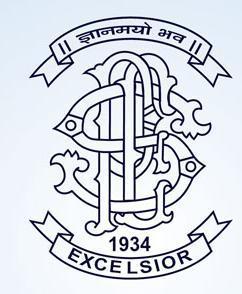PM Mr. Narendra Modi has been visiting one or the other country almost every month for the last two years after assuming office at the Centre. At the last count, he has already touched 40 countries spread over five continents, some of which he had occasions to visit twice or more. But the two-day visit to Iran he undertook on May 22 and 23, 2016, proved to be a bit more significant in terms of concrete strategic achievements than all his previous foreign visits. The visit not only provides a significant boost to India-Iran ties, but also enhances India’s strategic depth in the entire West Asia region. It is equally
important to note that the time chosen for the PM’s visit is also very significant since Iran is at a crucial juncture on its way to come out of the impacts it has suffered because of the international economic sanctions imposed by US-led group of nations after it signed the nuclear agreement with big five plus one countries of the world in 2015. The most significant of the 12 Memoranda of Understanding (MoU) and agreements signed during the PM’s visit were the ones which relate to development and operation of the Chabahar port on Iran’s southern coast.
In fact, on the concluding day of Mr. Modi’s visit to Tehran, two agreements were signed with regard to the Chabahar port. The first one was the bilateral agreement between India and Iran for the development and the operation of the Chabahar port and the second one was the trilateral agreement between India, Iran and Afghanistan to develop a trilateral transport corridor project. Both of the agreements together have the potential to alter the geopolitical map of South and Central Asia,
facilitating India’s access to not only the landlocked Afghanistan, but also to the Central Asia bypassing the China-Pakistan arc. The bilateral agreement to develop Chabahar port was signed between India Ports Global Private Limited (IPGPL) and Iranian firm ‘Arya Banader’.
The Chabahar port is situated at the Gulf of Hormuz area at the mouth of Gulf of Oman. It connects three strategically significant areas of Central Asia, south Asia and West Asia. It is a major junction of shipping and is located on the important oil trade route. Approximately 1,00,000 ships sail through the Chabahar port every year. The region holds two-thirds of world oil reserves and estimated 17 billion barrels of crude oil pass through this way daily. The contract also comes with specific timelines for its implementation. Both private and public entities have projected an investment potential worth $22
billion (nearly Rs. 1.3 lakh crore) in Iran’s Chabahar free trade zone area. Chemical, petrochemical, steel and fertilizer are some of the major sector, besides Indian Railways, that have huge potential for investments. In 2015 itself, the Union-Government had prepared a report on the “Port-led Industrialization and Opportunities in Chabahar” detailing the prospective projects. Union Surface Transport Minister Mr. Nitin Gadkari has already claimed that investment of over Rs. 1 Lakh crore can
happen there.
INDIA IN CHABAHAR : AN ANALYSIS
RELATED ARTICLES



